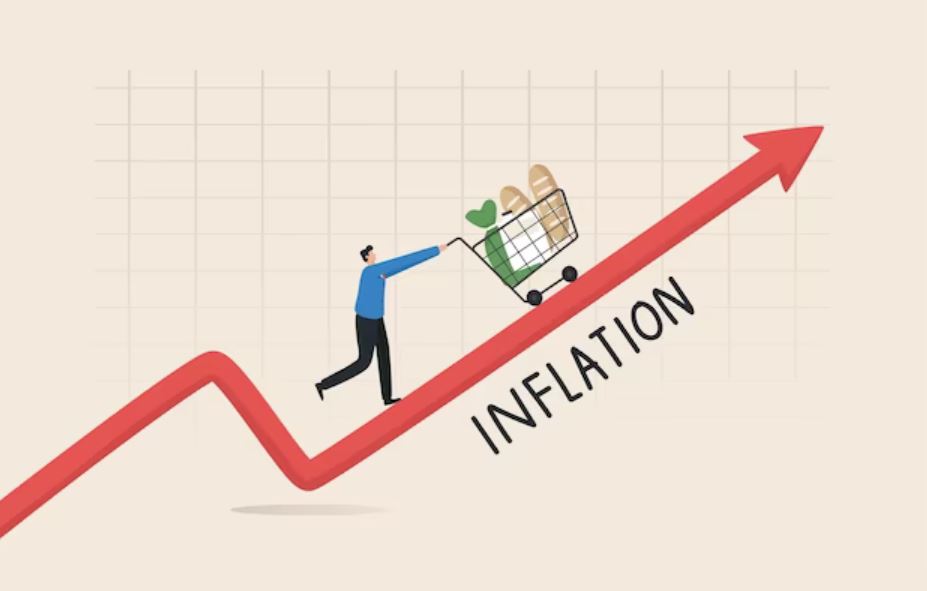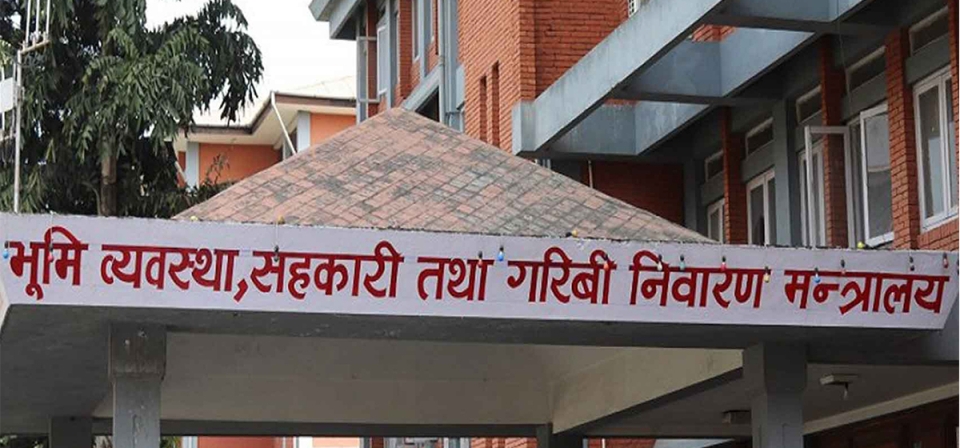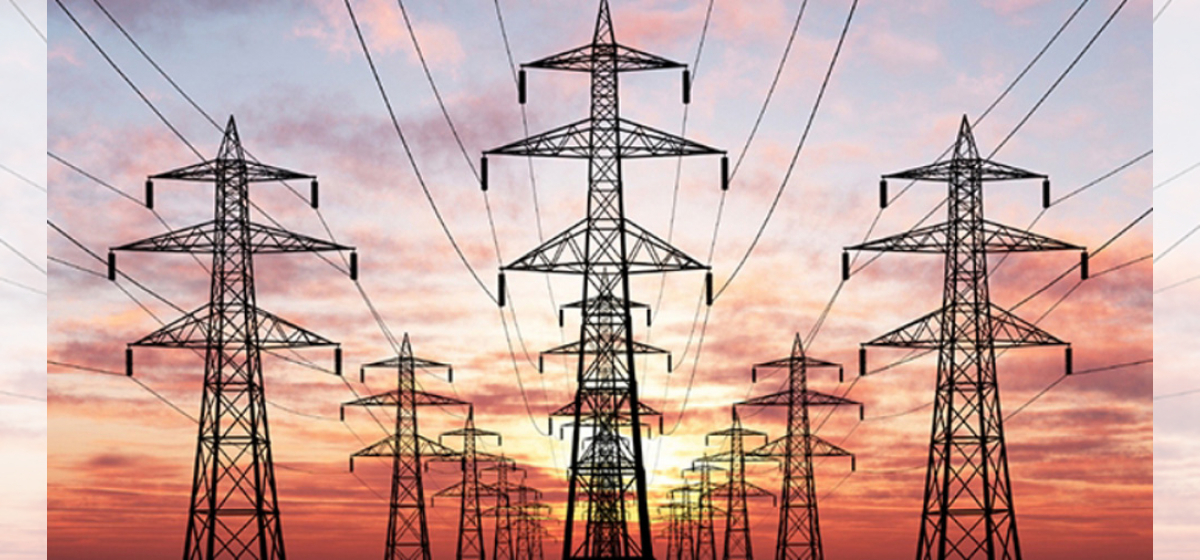
OR
Opinion
Why Consumer Confidence Is Key to Bringing Down Inflation
Published On: October 17, 2023 09:00 AM NPT By: Hari Prasad Shrestha

More from Author
- Why Federalism has Become Risky for Nepalese Democracy
- Hunger is a Serious Problem in South Asia
- Tourism Can Be A Catalyst For Change in Karnali Province
- Nepal’s Southern Border Has Become An Open Regional Crossroads
- Opening a new gateway for Kailash Mansarovar Yatra through Nepalgunj-GunshaNagari flight
The global economy devastated by the Covid-19 pandemic and Russia Ukraine war was somehow recovering since the beginning of this year. However, the unexpected recent fallout of the Israel-Hamas war could become more severe on the global economy if the conflict spreads to the rest of the Middle East. It would severely affect inflation, remittance, trade , oil prices and the global market.
Its effect has been also visible in the economic activities of most of the countries and the decline in consumer confidence in the market is the primary indication of economic volatility. The poor and highly dependent countries on external imports have started to show unexpected rise in inflation on all essential commodities.
As a result of the rise in commodity prices and decline in income due to fall in economic opportunities, consumers' confidence tends to be more negative. For a small economy like Nepal, this trend of consumer confidence is deteriorating. During the current festival season, it has been estimated that the sale of necessary items in the market is less than fifty percent.
Consumer confidence is an indicator for businesses and economists to understand how consumers are feeling in current economic climates. This is important for retailers and manufactures to track as this can affect profits and help with understanding the consumers’ outlook. The low consumer confidence is the indication of rise in market prices and recession in the economy. In such a situation, the role of the government to support the market and economic activities are most essential to bring the economy on the right track. Moreover, the retailers and manufacturers need to act to entice consumers to continue spending. In such a situation, both need to make sure they sustain or increase demand levels with their pricing and promotions, otherwise they could see profits fall.
Although the external indicators of the Nepalese economy are good, only the internal economic activities are not functioning well. It is necessary to increase the confidence of the consumers to keep the economy moving on the right track with supportive efforts from the government and the private sector.
In this festive season, to build consumer confidence, the government has opened fair-price shops in districts to facilitate the general public during the festivals of Dashain, Tihar, and Chhath. Such shops sell daily essentials at reasonable prices. However, 98 fair-price shops across the country are not enough in numbers, which are very small to serve the population and they are mostly concentrated in Kathmandu.
The objective behind opening such shops is aimed at curbing exorbitant price hikes of goods and providing the essentials to the people in a convenient manner. The fair-price shops are run by the government bodies during the time of festivals to give relief to the public because the private sector has been found charging exorbitant prices especially during the festive season. The private sector should also come up with such supportive activities for the general public during the festive season to bring confidence in the consumers.
During an economic expansion, consumer confidence is usually high. Consumers accordingly tend to spend more than they do at other times, and the increase in consumer spending in turn helps the economy sustain its expansion. On the contrary, if consumer confidence declines, consumers become less certain about their financial prospects, and they begin to spend less money. This in turn affects businesses as they begin to experience a decrease in sales. If consumer spending continues to decline and businesses begin to cut back on production, the economy experiences a slowdown and may eventually enter a recession.
This consumer confidence indicator provides an indication of future developments of households’ consumption and saving. Inflation expectations have a crucial role in determining its outcomes. Therefore, measuring inflation expectations has been a regular task for most of the central banks around the world.
Nepal Rastra Bank has also started conducting an inflation expectation survey in FY 2078/79. Responses from 482 urban individuals have been used for analysis. Accordingly, about 90 percent of respondents expected the price level to increase in the next three months. Likewise, 94.0 percent of respondents expected the price level to increase in the one year ahead. Mean inflation perception for the current period, three months ahead and one year ahead have been found to be 8.0 percent, 8.7 percent and 10.0 percent respectively. The median inflation perception for the current period, three months ahead and one year ahead, have been found to be 5.5 percent, 7.0 percent and 8.0 percent respectively. NRB plans to conduct this type of inflation expectation survey in coming days in a certain interval learning from the experience and feedback. At present the survey compiles information only from city areas. In the future, NRB will extend the survey to cover rural areas as well. The inclusion of households from rural municipalities and other groups will capture expectations from various groups. Similarly, labor unions, importers, wholesalers, retailers, producers and professional experts and enterprises will also be gradually incorporated for increasing coverage of inflation expectation surveys to further increase the reliability of information on inflation expectations in future.
There is no doubt that consumer spending is the most vital component of any economy. Depending on the economy's sheer breadth, consumer spending can range anywhere from 50% to 75% of gross domestic product (GDP). The first part of measuring total consumption is measuring consumer sentiment, which is derived completely from a consumer's standpoint. Measuring consumer sentiment is the first step in measuring total consumption. The Consumer Confidence Index (CCI) and the Consumer Sentiment Index are indices used to measure consumer sentiment.
Overall, consumer confidence is an important indicator for retailers and manufacturers for current and future plans. With consumer confidence not improving, prices will need to be more attractive to get consumers to spend. Business capital spending is also a consumption indicator—where corporate spending could be a sign of economic growth, and cutbacks can be a sign of an economic downturn. Measuring the consumption of durable goods—such as appliances, furniture, and electronics—and automobiles also serves as an indicator of consumer spending. Corporations that predict a depressed economy may reduce spending on auxiliary services, such as advertising and marketing. Government's capability to spend capital expenditure in the highest percentage could play a significant role to grow the economy and consumers confidence.
You May Like This

Federalism: learning by doing
Issues have emerged regarding effective implementation of federalism. But there is a long way to go and these issues can... Read More...

Aug 21: 6 things to know by 6 PM
Your daily dose of missed important news of the day. ... Read More...

Nepal and China sign consumer right protection agreement
KATHMANDU, Oct 19: Minister for Supplies, Deepak Bohara, and visiting Chinese Minister of State Administration for Industry and Commerce, Zhang... Read More...




Just In
- KMC adjust office hours, services now start at 9AM
- Five-match T20 series: first match between West Indies 'A' and Nepal starts today
- Govt yet to pay Rs 60 billion to contractors
- Nepal’s poorest district identified as Bajura, richest as Mustang
- Wind storm likely at a few places of Koshi and Sudurpaschim
- EVs adoption in Nepal surge in Nepal with government support measures
- Mayors' Forum urges Finance Minister Pun to settle electricity dues
- By-Election: Voting underway in Ilam-2 and Bajhang-1(a)















Leave A Comment